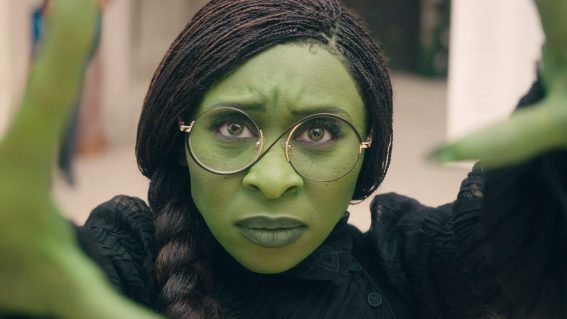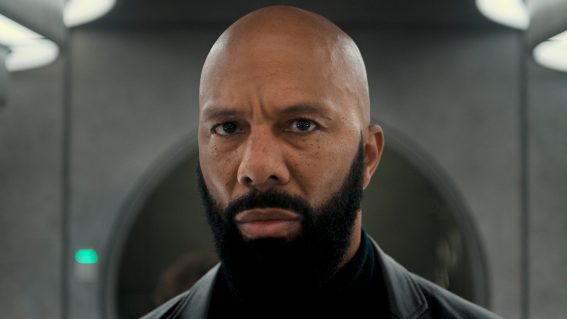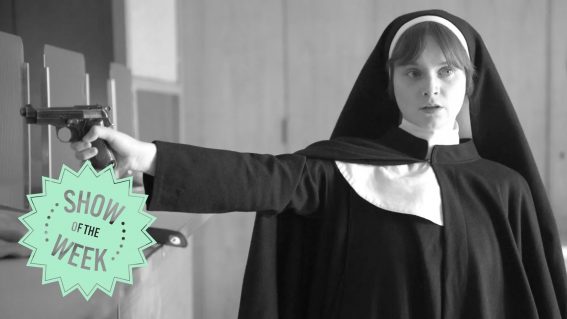The truth goes to hell and back in MH370: The Plane That Disappeared
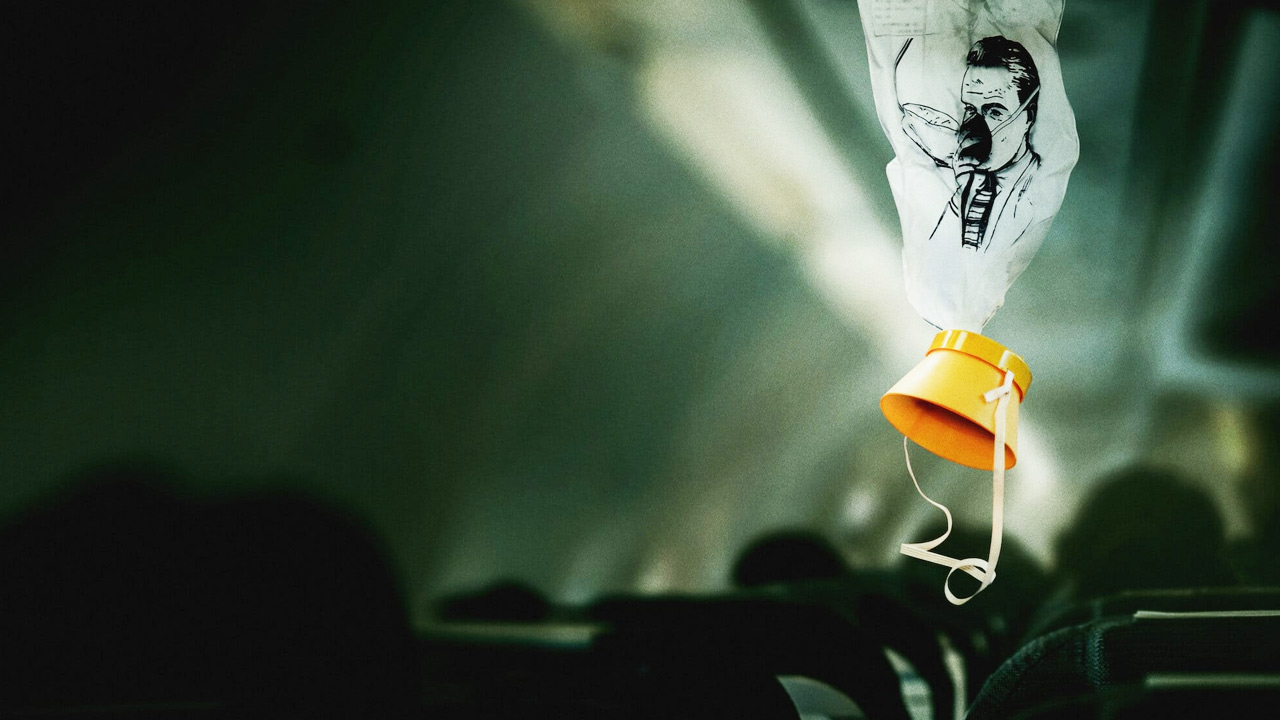
Netflix’s entertaining new series about the disappearance of MH370 feasts on conspiracy theories and tumbles down rabbit holes, writes Luke Buckmaster: it takes viewers no closer to the truth.
The pilot did it! Zaharie Ahmad Sha deliberately downed MH370—locking his co-pilot out of the cockpit, then turning off the plane’s electronics and ultimately murdering everybody on board. Except there was no note, no history of mental illness, no clear motivation. Maybe he didn’t do it. But here’s a moment-by-moment reenactment of the things he did, if he did them.
Actually, the Russians did it! As the plane flew over the South China Sea, Russian spies caused a distraction, disabled its electronics by accessing an unlocked carpet hatch, messed up its data, then flew it to Kazakhstan. Hmm, come to think of it, that sounds far-fetched. But here’s exactly how they did it, if indeed they did do it, which they probably didn’t.
Oh! The Americans did it! MH370 was transporting highly valuable, highly sensitive technology to China, posing a threat to American national security—so the yanks shot it down. Possibly. We can’t rule it out. Anyway, back to the pilot!
No-one can say that Louise Malkinson—director of the three-part documentary MH370: The Plane That Disappeared—isn’t aware that virtually everything in her quasi-exposé could be a load of total bullocks. A part of me appreciates that Malkinson, investigating an incident widely considered the greatest mystery in aviation history, acknowledges that for every hypothesis, there’s a rebuttal. For every explanation, there’s a counter argument. In the terrible case of MH370 nothing sticks because (to mix metaphors) you can poke holes in everything.
On the other hand, this souped-up Netflix series entertains partly because you can feel something wrong, something unethical coursing through its veins. At first it seems like a smart choice for Malkinson to emphasize the work of Jeff Wise, a Harvard-educated aviation expert with bylines in credible publications including the New York Times. But as the series spectacularly demonstrates, Wise is not averse to wild conspiracy theories and Malkinson is not averse to giving them plenty of airtime—leading us all down the garden path.
The first episode’s framing of Zaharie Ahmad Sha as the likely culprit reminded me of the first film in the Paradise Lost documentary trilogy, which investigates the famous “West Memphis Three” and the gruesome murders for which they were unfairly convicted. The original documentary heavily implies that John Mark Byers, a stepfather of one of the victims, may be guilty, setting him up as the prime suspect and presenting him as a ranting, raving, mentally unhinged individual. But the directors ultimately (in two follow-up films) turn their focus elsewhere, more or less acknowledging they were wrong. Reflecting on the film years later, Byers said: “I made a great sound bite because of the condition I was in at the time and they (the filmmakers) took advantage of that.”
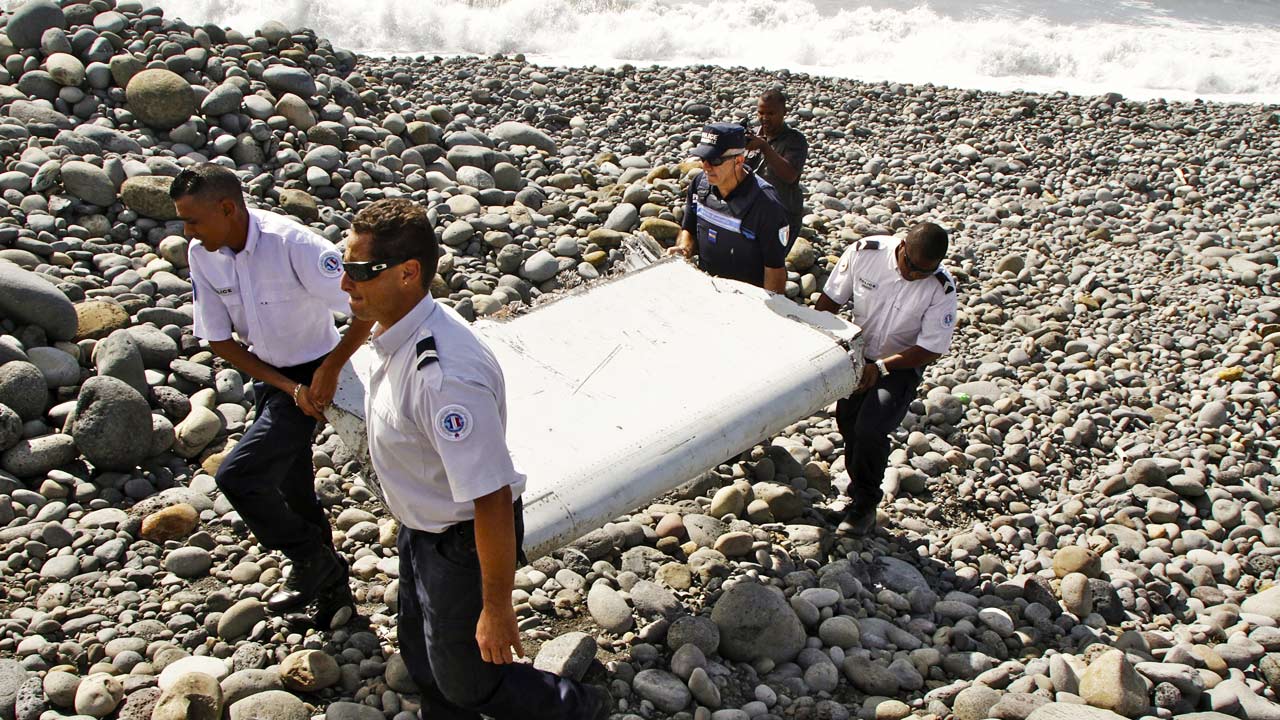
If you watched only the first Paradise Lost film, you’d probably assume he did it. Likewise for Zaharie Ahmad Sha if you only saw the first episode of The Plane That Disappeared—despite a “but wait!” ending that feels less like a claim in the pilot’s defense than a cliffhanger moment engineered in concert with the autoplay function to keep us watching. The key difference is that Joe Berlinge and Bruce Sinofsky, the Paradise Lost directors, probably believed Byers most likely did it—and Byers really did look and sound like a maniac. Malkinson on the other hand knows she’s not getting to the bottom of anything. She conveys a belief, through the structure and emphasis of the show, that Sha is no more likely to have done it than the Russians or Americans. The series is just one big shrug of the shoulders.
One telling moment occurs in the second episode, which not just encompasses but vividly illustrates (via dramatic recreation) Wise’s widely derided theory that Russian hackers took control of the plane via its Main Equipment Centre. Ascertaining whether this is possible would’ve been straight-forward, but Malkinson barely goes there. Including only a short comment from a former Malaysia Airlines employee stating that it’s “impossible to fly the aircraft from the avionics compartment,” she keeps the door open. This part of Wise’s theory could’ve been debunked in detail, but doing so would have highlighted that Malkinson was wrong to have included it so prominently in the first place, and undercut the integrity of the production’s most prominent voice.
So the director prioritizes speculative drama over accuracy and truth—a moral and intellectual shortcoming. Elsewhere she logically pursues the illogical, entangling fact and fiction, spinning us along the merry-go-round. Having devised his theory about the Russians, Wise is naturally inclined to defend it, leading him (and the series) to question whether an adventurer who found some of the plane’s debris might be an agent for the Kremlin. This sparks a thread that illustrates how conspiracy theories are like tinted glasses: put them on and the colour of everything changes. Wise begins with (what is likely to be) a false conclusion, then finds evidence that appears to support it. For instance the adventurer speaks Russian, has a history of business connections with the country, and was there when the Soviet Union collapsed.
Triggered by imagination rather than facts, sequences of logical reasoning such as this sometimes evoke metaphors involving rabbit holes. Which is apt for The Plane That Disappeared—because it’s a big, spectacular tumble down one, spitting the viewer out into a Wonderland of mirrors, everything possible and nothing making sense. The show’s underlying ethos is the same pathetic line trotted out by dangerous conspiracy theorists: “don’t blame us, we’re just asking questions.”






